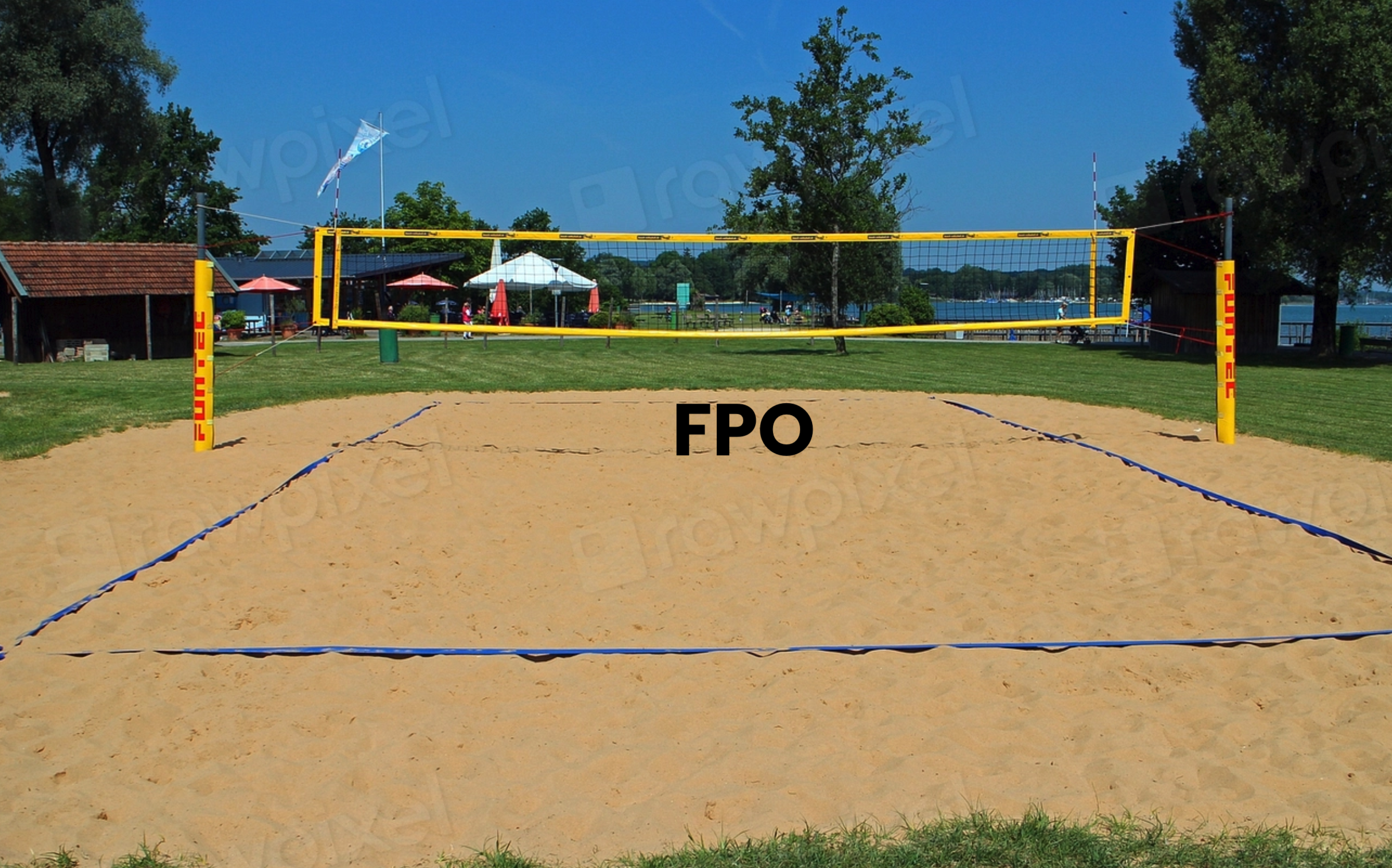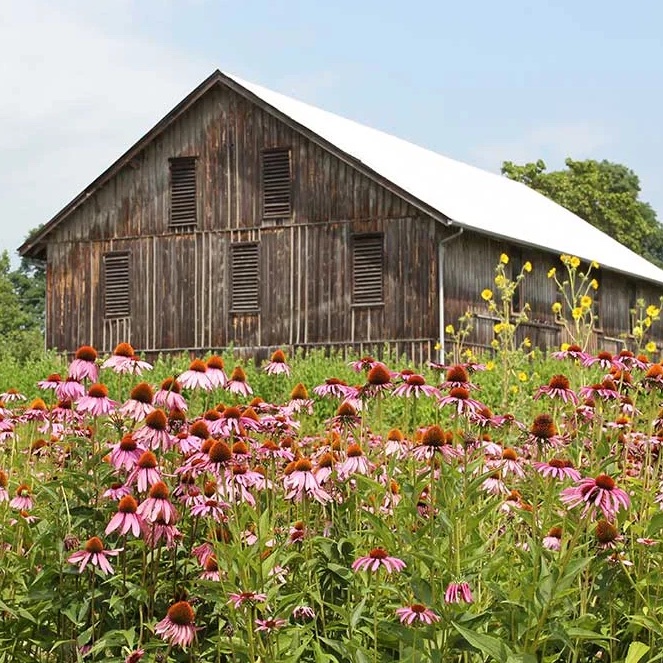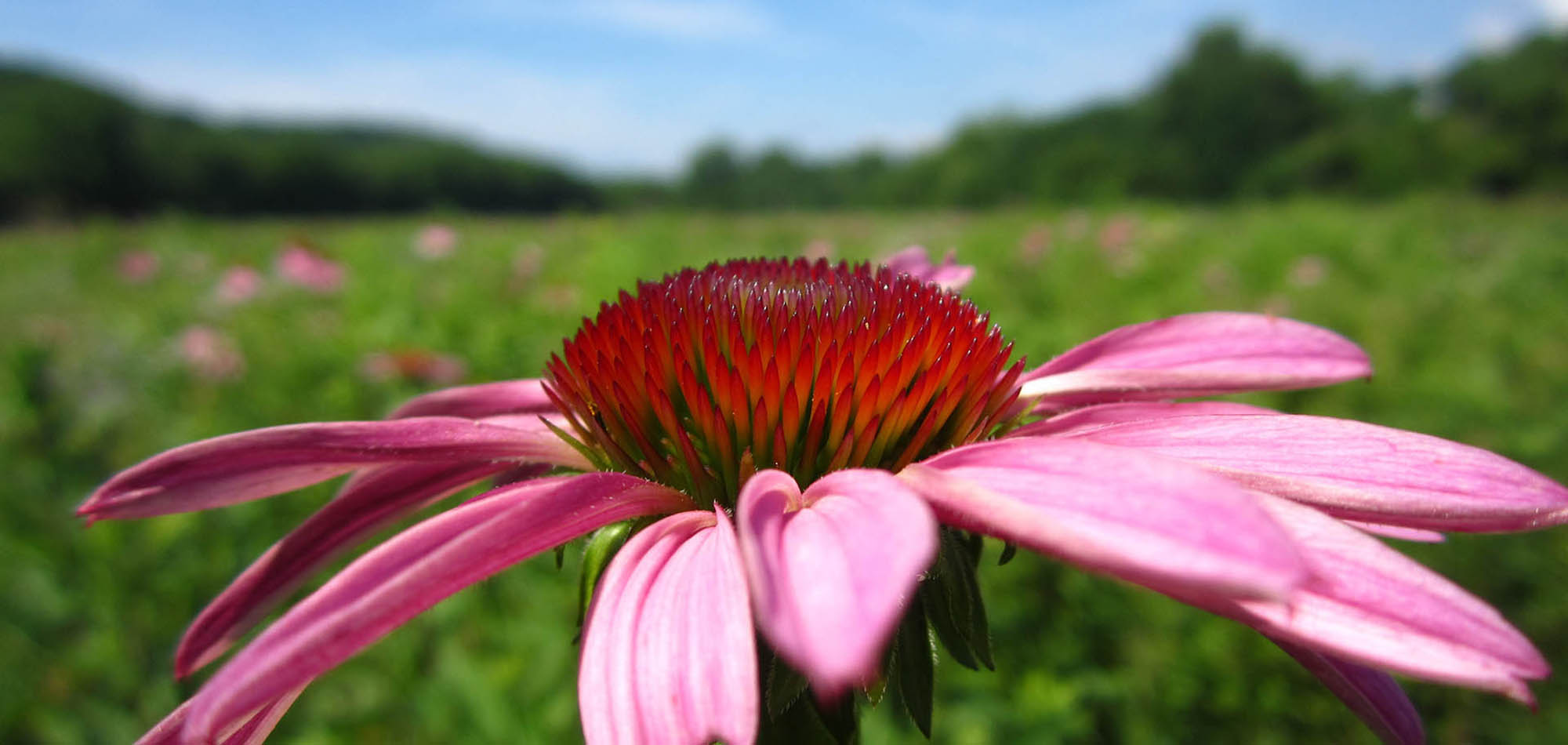Management of natural areas within Great Parks is guided by the Natural Resources Management Plan. This makes planning and prioritizing crucial, and requires adapting to new threats and changes in the effectiveness of management approaches.
Great Parks’ overarching goal, outlined in board policy, is to have a diverse representation of native plants, animals and habitats. Higher priority is given to rare and endangered resources. Most of the effort is spent protecting water quality, monitoring resources like plants and wildlife, stewarding mature and urban forests and removing invasive plant species.


